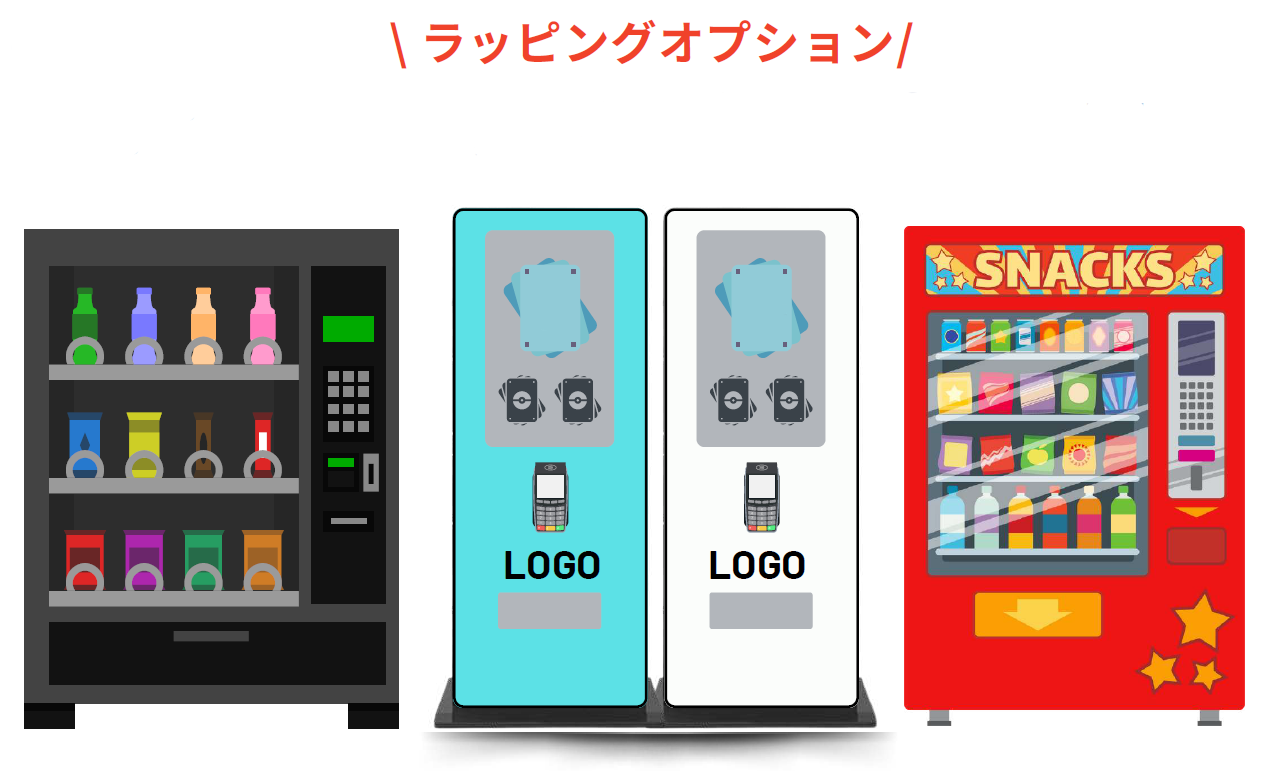Monetizing Customer Feedback in Vending Ecosystems
페이지 정보
작성자 Yasmin 댓글 0건 조회 8회 작성일 25-09-12 00:17필드값 출력
본문
In today's fast‑changing vending world, the simple machine no longer works alone. It is part of a sprawling ecosystem that includes suppliers, payment processors, logistics partners, and, increasingly, data analytics firms. Among the most valuable, yet frequently ignored, assets in this ecosystem is customer feedback. When collected properly and used strategically, feedback can turn a simple point‑of‑sale into a revenue‑generating engine. This article looks at how vending operators can turn customer feedback into income streams and a competitive advantage.

Customer feedback provides a direct window into consumer behavior, preferences, and pain points. In vending, this data can guide product assortment, pricing strategies, and service enhancements. Yet aside from operational gains, feedback data can be packaged and sold as a commodity. Consider it the "big data" of street‑level retail—compact, timely, and highly actionable.
Dynamic Pricing – Immediate sentiment about a product can guide dynamic price adjustments that boost revenue while preserving customer satisfaction. Product Placement – Feedback shows which items are lagging or leading, allowing smarter shelf‑space allocation. Targeted Promotions – Insight into regional taste profiles allows operators to design localized marketing campaigns. Churn Prevention – Negative feedback can flag machines for maintenance before a full breakdown occurs, saving repair costs. New Product Development – Aggregated preferences reveal market gaps, helping suppliers decide what to develop next.
Collecting raw data is only the first step; the quality of the data determines its value.
In‑Machine Surveys – A brief questionnaire triggered post‑purchase or when a customer selects a specific product. A simple "Did you enjoy your snack?" prompt can appear on the screen. QR Code Scanning – Installing QR codes on product packaging that connect to a micro‑survey. This method reaches beyond the machine, collecting feedback from the broader customer journey. Mobile App Integration – If the vending network has a companion app, push notifications can solicit reviews or offer incentives for completing surveys. Social Media Listening – Monitoring brand mentions and hashtags related to vending products to capture unsolicited feedback.
Data Licensing to Suppliers – Suppliers pay for aggregated, anonymized consumer preference data, guiding their inventory decisions and product innovation. Operators receive a licensing fee and potentially a share of revenue from new products. Performance‑Based Partnerships – Operators sign agreements where they earn a bonus for hitting performance metrics from feedback—like a minimum satisfaction score or a target ROI for a new product line. Targeted Advertising Slots – Feedback can pinpoint high‑value customer segments. Operators sell targeted ad space on the machine’s screen to brands that fit those segments, ensuring higher conversion rates. Dynamic Pricing Services – Operators can provide a pricing‑optimization service to suppliers, using feedback to adjust prices in real time. The supplier pays a fee per machine or per transaction, creating a recurring revenue stream. Consulting and Analytics – Experienced vending operators can transform their data into consulting services, offering market analyses, trend reports, or machine placement recommendations to other businesses.
SnackCo and VendingCo – SnackCo supplied a range of snack products to VendingCo. By licensing anonymized purchase‑and‑feedback data, SnackCo identified a rising demand for low‑sugar options in urban centers. They introduced a new line, and VendingCo earned a 15% licensing fee plus a share of the increased sales. TechVend Solutions – TechVend integrated a QR‑based survey into its machines. The aggregated data revealed a recurring complaint about product freshness. TechVend collaborated with the supplier to introduce a "freshness guarantee" and sold targeted ads to health‑food brands, generating a new income source. Dynamic Pricing Pilot – A vending network in a university campus used feedback to adjust prices during peak hours. The system increased revenue by 12% while maintaining satisfaction scores above 90%. The pricing engine was later packaged as a SaaS product sold to other campuses.
Privacy Concerns – Gathering data must follow GDPR, CCPA, and other privacy regulations. Operators must anonymize data and obtain explicit consent. Data Quality – Incomplete or biased responses can mislead insights. Implementing incentive structures for honest feedback helps mitigate this risk. Integration Complexity – Merging feedback data with other systems (POS, CRM, supplier portals) needs robust APIs and data pipelines. Monetization Negotiations – Agreeing on fair licensing terms or revenue splits can be contentious. Clear contractual frameworks and transparent data usage policies are essential.
AI‑Driven Sentiment Analysis – NLP will enable operators to convert open‑ended comments into actionable metrics instantly. Predictive Maintenance – Combining feedback with machine health data can predict failures before they occur, further reducing downtime and increasing trust in the system. Blockchain for Data Provenance – Blockchain can certify data integrity, giving suppliers confidence that the data they purchase is trustworthy. Omnichannel Feedback Loops – Combining vending data with online shopping, loyalty programs, and mobile app interactions will build a richer customer profile, opening cross‑channel monetization opportunities.
Monetizing customer feedback in vending ecosystems is more than a buzzword; it is a real path to diversify revenue, enhance service quality, and bolster partnerships. By adopting systematic feedback collection, ensuring compliance, and exploring inventive monetization models, vending operators can turn raw customer insights into a valuable asset that drives growth for themselves and トレカ 自販機 their suppliers alike. The vending machine of tomorrow will not only dispense snacks and drinks but also generate data‑driven profit streams—making every transaction a win for all stakeholders.
- 이전글Exploring Age-Group Dating Adventures 25.09.12
- 다음글Mastering Group Photo Setup 25.09.12




